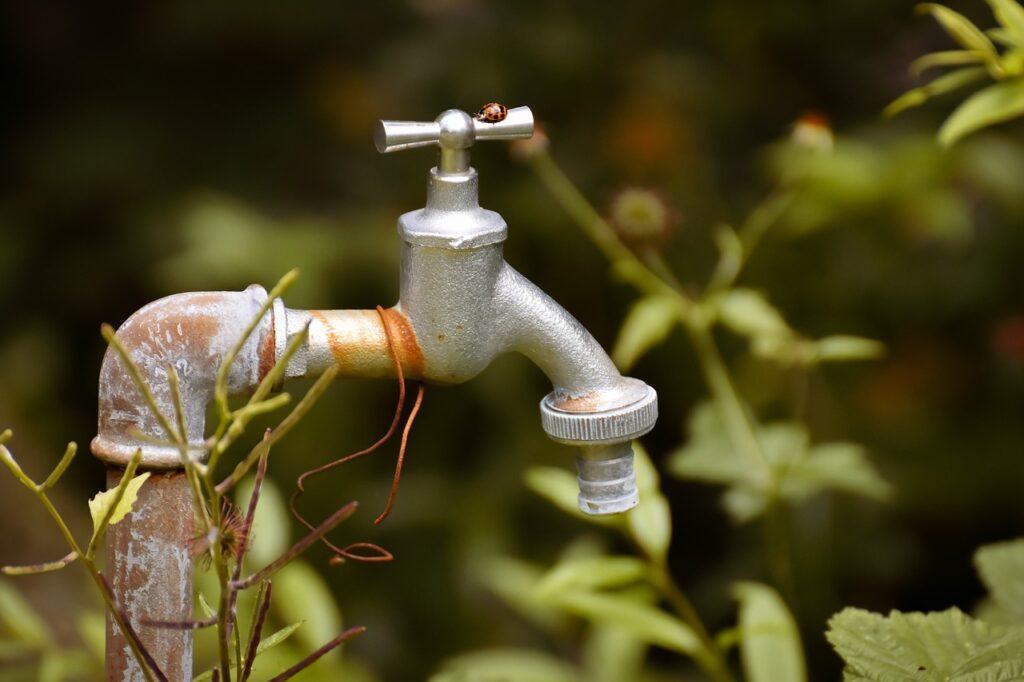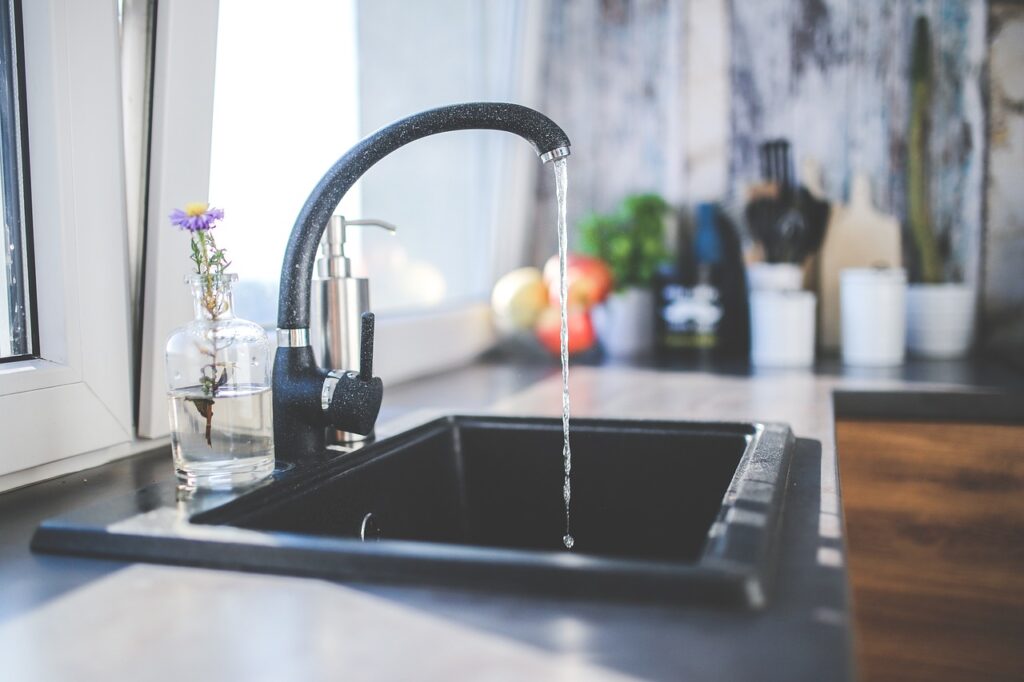If you’re planning a trip to Oslo, you might be wondering if tap water is safe to drink. Fortunately, the answer is yes – Norway is known for having some of the cleanest drinking water in the world, and the tap water in Oslo is no exception.
In this article, we’ll discuss the quality of tap water in Oslo and the benefits of drinking it, including its cost-effectiveness and convenience. We’ll also provide tips for staying hydrated during your trip to Norway, including the importance of drinking enough water, being mindful of alcohol consumption, dressing appropriately for the weather, and considering other hydrating beverages. Whether you’re planning a trip to Oslo or simply curious about the quality of tap water in Norway, this article has you covered.
Is tap water in Oslo safe?
The short answer is yes, tap water in Oslo is safe to drink. Norway is renowned for having some of the purest and cleanest drinking water in the world. The water in Oslo is no exception. The Norwegian authorities take water resource management very seriously and have stringent regulations and monitoring systems in place to ensure that the water is safe to drink. The water in Oslo is treated to meet high safety standards. So there are no harmful chemicals present that could pose a threat to human health.
The Maridalsvannet Lake, situated in the forested hills north of Oslo, is where the tap water in Oslo comes from. Oslo exclusively uses this lake as its main source of drinking water, and it is protected for that purpose. After transportation through a series of tunnels and pipelines, the water undergoes multiple filtration and treatment processes before being distributed to homes and businesses in the city.
Benefits of Drinking Tap Water in Oslo
Aside from the safety of the water, there are many benefits to drinking tap water in Oslo. Firstly, tap water is environmentally friendly. Visitors can reduce their carbon footprint by drinking tap water instead of buying bottled water, which also helps to preserve the environment. Norway’s tap water is of such exceptional quality that purchasing bottled water is unnecessary.
Secondly, tap water in Oslo is free. It is a cost-effective solution, as visitors can refill their water bottles at no cost, rather than buying expensive bottled water. Norway is a high-cost country, so any opportunity to save money is always welcome.
Finally, drinking tap water in Oslo is convenient. Public fountains, restaurants, and cafes all provide easy access to safe and clean drinking water. With ready access to water, visitors can fully enjoy their time in Oslo without worrying about staying hydrated.

Tips for Staying Hydrated in Norway
While tap water in Oslo is safe and convenient, visitors should also follow other tips to stay hydrated during their trip to Norway. Firstly, it is essential to drink enough water, particularly when participating in outdoor activities. Norway’s climate can be cold and dry, which can lead to dehydration. Visitors should aim to drink at least two liters of water per day.
Secondly, visitors should be aware of the effects of alcohol on hydration. Norway is famous for its beer and aquavit, but alcohol can cause dehydration. To stay hydrated, visitors should drink water in between alcoholic beverages.
Thirdly, visitors should dress appropriately for the weather. In Norway, the weather can be unpredictable, and dressing in layers is crucial to staying warm and dry. Exposing the body to cold temperatures can lead to dehydration. So it is essential to dress appropriately and take all necessary precautions to stay healthy.
Fourthly, visitors can purchase a reusable water bottle to carry with them while exploring the city. Many cafes and restaurants in Oslo offer free tap water refills, so visitors can always have access to clean water. Finally, visitors can try other hydrating beverages such as herbal teas or fruit juices, which can provide additional hydration and nutrients.
What is the mineral content of Oslo tap water?
Oslo’s tap water is rich in minerals, which are essential for human health. The water contains various minerals, such as calcium, magnesium, and potassium. They are beneficial for maintaining healthy bones, regulating blood pressure, and supporting muscle and nerve function. The mineral content in Oslo tap water is determined by the bedrock and soil in the surrounding areas. The Maridalsvannet Lake, which is Oslo’s primary source of drinking water, is located in an area with high mineral content in the soil, resulting in water with relatively high mineral content.
The mineral content of Oslo tap water is relatively high compared to other countries. But it is still considered safe to drink. The Norwegian authorities have set strict standards for drinking water quality, including mineral content, to ensure that the water is safe and healthy for human consumption. Oslo’s tap water is regularly tested for mineral content and other contaminants to ensure that it meets these standards.
Some people prefer drinking water with low mineral content. Others prefer water with higher mineral content for its potential health benefits. Those who prefer water with lower mineral content can install a water softener or use a filtering system to remove minerals from their tap water. Alternatively, they can choose to purchase bottled water with lower mineral content.
Overall, Oslo’s tap water is safe and healthy for consumption, with a high mineral content. That can provide potential health benefits. As with any drinking water, it is essential to maintain proper hydration levels and ensure that the water is safe to drink by regularly checking its quality and adhering to local regulations.

Conclusion
In conclusion, tap water in Oslo is safe to drink. Visitors can enjoy the many benefits of drinking it during their stay in the city. Not only is it environmentally friendly, cost-effective, and convenient, but it is also of exceptional quality, making purchasing bottled water unnecessary. However, visitors should also follow other tips for staying hydrated. Especially during outdoor activities in Norway’s cold and dry climate. By drinking enough water, dressing appropriately, and trying other hydrating beverages, visitors can stay healthy and enjoy all that Oslo has to offer.
